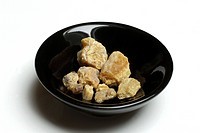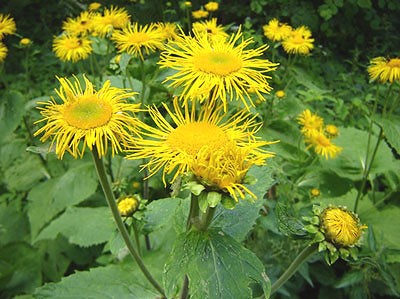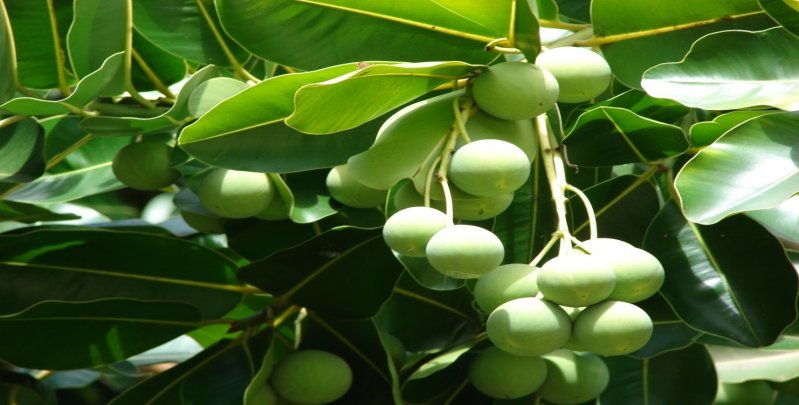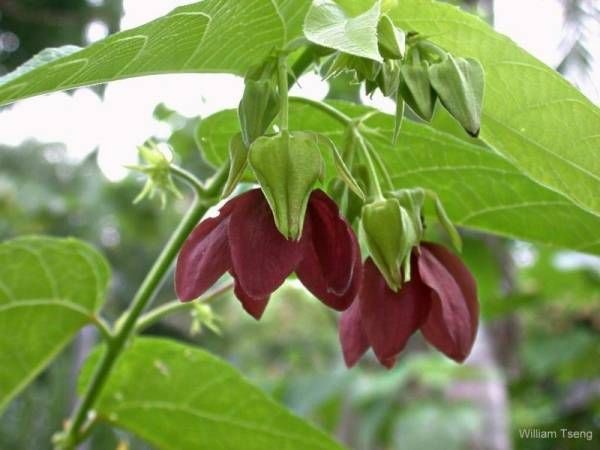SALA
Botanical Name : SHOREA ROBUSTA
Family : DIPTEROCARPACEAE
It is botanically identified as ‘shorea robusta’ which belongs to Dipterocarpaceae family the drug is commonly a herb the plant is documented to posses beneficial effects as fractures , poisonings, skin diseases, diabetes, prurities etc.
VARITIES
Direct reference about different varities of sala are not available. Bhavamisra’s sarja yugma consisting of Sala and Sarja. Apart from these two, asvakarna and Ajakarna are to be identified separately. Therefore the botanical identity of the four trees shall be.
- Sala – shorea robusta Gaertn.
- Sarja – Vateria Indica linn.
- Asvakarna – Dipterocarpus alatus Roxb.
- Ajakarna – Shorea tumbuggaia Roxb.
It is important to note that all these trees yield resinous gums. Hence to avoid confusion, term sala niryasa and sarja niryasa due to be specifically used to denote resins of shorea robusta and vateria indica in future.
SYNONYMS
Sala -An attractive tree ,the heart wood is very strong or hard.
Sarja -A resinous exudate.
Asvakarnaka– The leaves look like that of asvakarna
Rala- That which vanishes bad smell.
Kantha- The niryasa or resin looks golden yellow in colour.
Marichapatraka- One leaves are like that of maricha
Ralaniryasa- Exudation from the tree
Snigdhadaru- The wood is oily in nature.
Salaniryasa- The resin obtained from sala tree.
Ajakarna- The leaves are the shape of goat’s ear.
Deepavruksha- The resin is used for preparing candles.
Sarjarasa- The exudation of one plant which is resinous is known as sarja.
Doopavruksha- The resin of one tree is used for humigation.
Vijneya– The resin is used for performing Yajna or sacred fire.
Sakrathu- A big tree.
Sreekara- Resin having good omen.
GANA / VARGA
Charaka Samhitha : Vedanasthapana,
Kasaya skandha.
Susrutha samhitha : Salasaradi gana,
Radrahradi gana
Astanga sangraha : Asanadigana, Rodhradi
Gana, vedanasthapama
Dhanwantari Nighantu : Candanadi varga.
Kaiyadeva Nighantu : Osadhi Varga
Bhavaprakasa Nighantu : Vatadi varga
Raja Nighantu : Candanadi varga
VERNACULAR NAMES
English – Common sal, Indian Dammer
Hindi – Sakher, sakhu, sal, shal.
Sanskrit – Sala
Tamil – Attam, kungiliyam, shalam
Bengali – Sakher, sakhna , sal
Punjabi – Sal, seral
Gujarati – Ral
Marathi – Guggilu, Rala, Sajara
PARTS USED
- Bark
- Gum resin
CHEMICAL COMPOSITION
- Sal bark, along with leaves and twigs is a promising tanning material. The spray dried aqueous extract of bark contains 39.6% of tannins (pyrogallol type). Oleanolic acid is also found in the Bark, Benzofuransho reaphenal is found in the bark.
- Sal resin on dry ditstillation yields and essential oil
- Sitosterol , hydroxyanone, dipterocarpol, Asiatic acid, ursolic acid.
- Fat from nuts contained cis-9-10 epoxystearic acid, carlagin, ellagic ,chebulic and gallic acids are isolated from seeds. A new phenolic acid. Shorbic acid is found in the seeds . A new flavone glycoside is reported from the seeds.
PROPERTIES
Rasa – Kasaya, Madhura
Guna – Ruksa, Usna
Virya – Sita
Vipaka – Katu
Dosha – Vata pitta hara, Kapha hara
KARMA
| Bha.pr | Dha.Ni | Ra.Ni | Kai.Ni | Aa.Ni | Pr.Ni | Su.Su | |
| Kushtagna | ü | ü | ü | ||||
| Kaphakrimith | ü | ü | ü | ||||
| Vranasodhana | ü | ü | ü | ||||
| Vishagna | ü | ||||||
| Stambana | ü | ü | ü | ü | |||
| Varnya | ü | ü | |||||
| Kantugna | ü | ||||||
| Vedanastapana | ü | ü | ü | ||||
| Samdaaneeya | ü | ü | ü | ü |
INDICATIONS
| INDICATION | Bha.pra | Dha.Ni | Ra.Ni | Kai.Ni | Aa.Ni | Pr.Ni | Su.Su |
| Prameha | ü | ü | ü | ||||
| Kushta | ü | ü | ü | ||||
| Kantu | ü | ü | |||||
| Visha | ü | ||||||
| Vrana | ü | ü | |||||
| Athisara | ü | ||||||
| Kaphapandu | ü | ü | |||||
| Medoroga | ü | ü | ü | ||||
| Yoniroga | ü | ü | |||||
| Grahi | ü | ||||||
| Karnaroga | ü | ||||||
| Bagna | ü | ||||||
| Krimi | ü | ü | ü |
PHARMACO THERAPSUTIC ACTION
- The non phenolic portion of the essential oil is separated to have a depressing effect on the CNS while the phenolic position is less effective.
- An herbal cream consisting of S.Robusta is reported to be bactericidal as well as bacteriostatic.
THERAPEUTIC USES
- Galaganda – Salaniryasa along with Gomutra to be administered orally. [Su.su ci 18/53]
- Pandu – Salasaradi gana curna and Amalaki powder with honey is taken internally.[ Su.su.ut 44/24]
- Prameha – Sala, saptaparna, Kampillaka, vrksaka, vibhitaki, kapitthia, Rohitaka and Arjuna are to be powdered and administered orally. With honey and Amalaki svarasa as Anupana. [A.H Ci 12/15-16]
- Hikka and svasa– The fumes of resin from sala may be useful.
- Atisana- Sala, Mocharasa, Amala Beeja Majja, Bilwa fruit and Jati fruit Make it into powder and give internally.
- Balatisara– 1 grm of salaniryasa and 3 part of Khantasarkara given internally.[Bha.pra]
- For Dhoomana purpose also it is used.
DOSAGE
- Decoction of Bark – 50- 100 ml
- Powder of Resin – 1 – 3 g
FORMULATIONS
- Pinda Tailam (C.S Ci 29)
- Salasaradi Kasayam
- Sarjarasa Malhar / sveta Malham (Ra. Ta. Sa)
- Sarja Parpati
- Adasyadi lepa.






